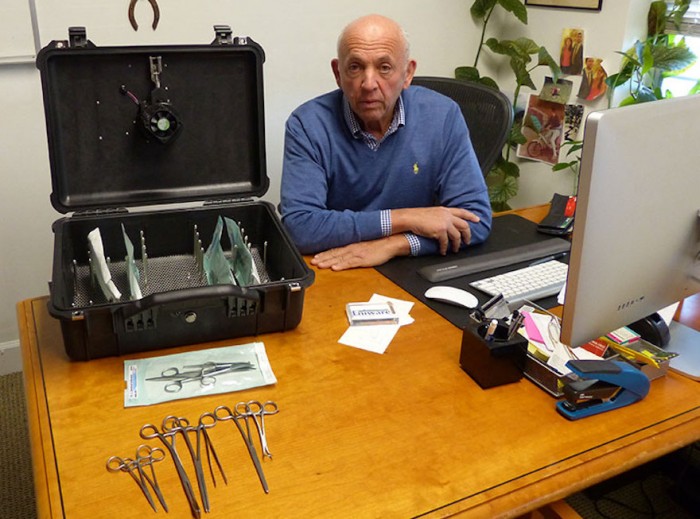
Great strides are being taken to address the need for sterile surgical equipment in rural and developing areas. We’ve already seen Rice University researchers’ design of a solar-powered sterilisation shipping container. Now, Doctor James Bernstein has developed a portable sterilisation system called Eniware that can clean and sanitise medical instruments anywhere in the world.
The current and most common method of sterilisation today is a pressure chamber or an autoclave, which is engineered to use high temperatures to kill off any disease-causing bacteria. For underserved or rural communities, the downside to this method is the cost of the equipment and the fact that the system requires electricity to function.
Eniware is a suitcase-like device that uses nitrogen dioxide gas (NO2) to damage the DNA of microorganisms present on instruments loaded inside its chamber. The gas works at room temperature and is apparently 20 times faster than other gas sterilisers.
Doctor Bernstein, the CEO of Eniware further explains how the device works:
“You insert a small consumable, which generates NO2 and runs the cycle. At the end of the cycle, there is a pellet scrubber that absorbs the NO2. Then you open the case and you have sterile instruments.”
Trials with the system will begin in June this year in several East African countries. Bernstein says the testing phase will explore the usability of the system. “We know the technology works, and the question now is: when we put it in a clinic, how does it work?”






